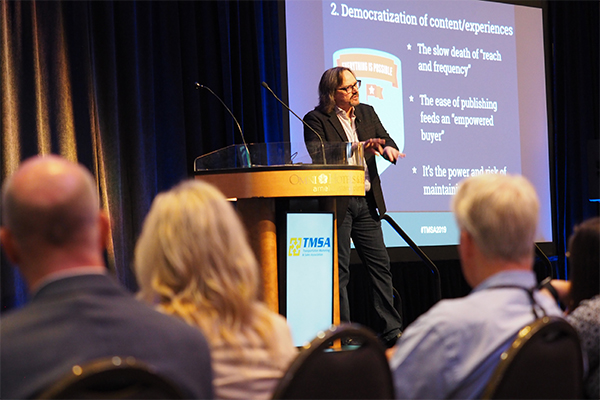
Written By: TMSA Staff | Jun 7, 2017 12:00:00 AM
By Traci Whetzel, Concept Services, a Business Development and CRM Solutions firm and TMSA Affiliate member. Concept Services is a Salesforce partner with more than 15 years experience helping organizations win new business from new customers.
Chatter is often made fun of as the “social media” of Salesforce, and until recently, I agreed with that. Boy, was I wrong. First, a little background on what Chatter (technically) is and how long it has been around.
Chatter was launched in private beta in February 2010, to 100 companies with rave reviews and was ultimately expanded to more than 5,000 customers due to overwhelming demand. With Chatter, employees and teams get immediate insight into their company’s programs, projects, people, customers, cases, documents and business data that is pushed to them, delivering new levels of social intelligence. (Source).
When Concept Services is assisting companies in implementing Salesforce, Chatter was usually phase 2. That was a best practice; it is what we have always done as a consulting partner of Salesforce. However, my mindset has changed. Recently, our vice president of operations and I have worked to make Chatter a mainstay at our company, and it is proving to be a wise decision. Below are just three of the ways we leverage Chatter within our organization.
As a Salesforce partner, we implement and consult on Salesforce, but we are also a customer and an adopter. These use cases and others provide our clients the ability to leverage practiced methods within their organizations as well.
Tags:

At this year’s Compass Awards, a direct mail campaign by VantagePoint Logistics took some of the top honors. Yes, a 147-year-old medium (or 537 or 3019-year-old medium depending on who you ask)...

By Conrad Winter, a campaign and content copywriter for the transportation and logistics industry. He is a TMSA member and will be exhibiting at the upcoming TMSA Logistics Marketing & Sales...